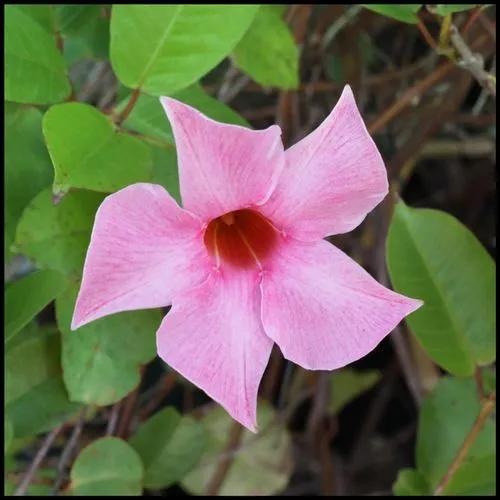Pyrus communis, known as the European pear or common pear, is a species of pear native to central and eastern Europe and southwest Asia.
European Pear Tree Care
Pyrus Communis



European pear trees are not quite as hardy as apples, but nearly so. However, they do require some winter chilling to produce fruit. A number of Lepidoptera caterpillars feed on pear tree leaves.
For best and most consistent quality, European pears are picked when the fruit matures, but before they are ripe. Fruit allowed to ripen on the tree often drops before it can be picked, and in any event will be hard to pick without bruising. Pears store (and ship) well in their mature but unripe state if kept cold, and can be ripened later, a process called bletting. Some varieties, such as Beurre d'Anjou, ripen only with exposure to cold.
Fermented pear juice is called perry. In Britain, the place name "Perry" can indicate the historical presence of pear trees.
How to Care for the Plant

Popularity

7,844 people already have this plant 723 people have added this plant to their wishlists
Discover more plants with the list below
Popular articles






